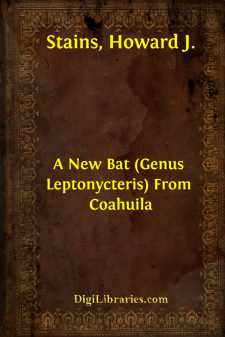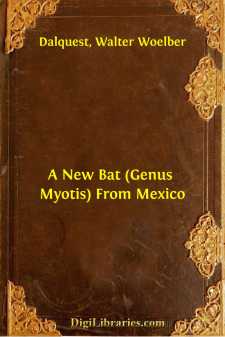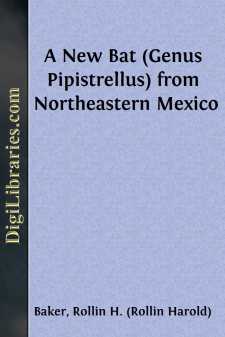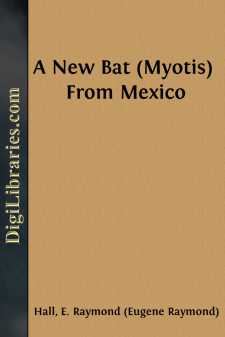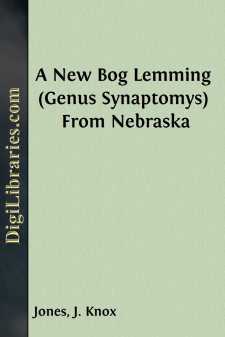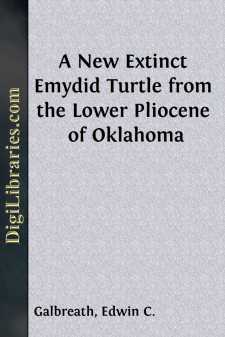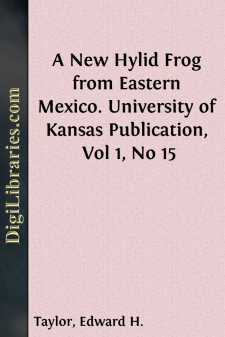Fiction
- Action & Adventure 180
- Biographical 15
- Christian 59
- Classics 6965
- Coming of Age 5
- Contemporary Women 3
- Erotica 8
- Espionage/Intrigue 12
- Fairy Tales, Folklore & Mythology 236
- Family Life 169
- Fantasy 117
- Gay 1
- General 596
- Ghost 32
- Historical 808
- Horror 43
- Humorous 159
- Jewish 25
- Legal 4
- Medical 22
- Mystery & Detective 315
- Political 49
- Psychological 41
- Religious 64
- Romance 158
- Sagas 11
- Science Fiction 730
- Sea Stories 113
- Short Stories (single author) 537
- Sports 10
- Suspense 1
- Technological 8
- Thrillers 2
- Urban Life 31
- Visionary & Metaphysical 1
- War & Military 173
- Westerns 199
Fiction Books
Sort by:
by:
Lysander Spooner
CHAPTER I. A NEW BANKING SYSTEM. Under the banking system—an outline of which is hereafter given—the real estate of Boston alone—taken at only three-fourths its value, as estimated by the State valuation—is capable of furnishing three hundred millions of dollars of loanable capital. Under the same system, the real estate of Massachusetts—taken at only three-fourths its estimated value—is...
more...
by:
Howard J. Stains
In a collection of mammals obtained in Coahuila, México, there is a series of 24 long-nosed bats, Leptonycteris nivalis. These bats have a larger skull and a longer third finger than other bats of this species found to the south of Coahuila. On the basis of these distinctive characters, it seems appropriate to recognize these long-nosed bats from Coahuila as belonging to a new subspecies, named and...
more...
While one of us (Dalquest) was in a dugout canoe that was being paddled up a small unnamed tributary of the Rio Coatzacoalcos, through dense jungle, he grasped a decayed and termite damaged tree-trunk projecting approximately three feet above the surface of the water to steady the canoe. At that instant two bats were detected in one of the many small holes in the trunk, which was eight to nine inches...
more...
The eastern pipistrelle, Pipistrellus subflavus (Cuvier) in the western part of its range, occurs along the RÃo Grande and its tributaries as far west as northern Coahuila and Val Verde County, Texas. Specimens from those places represent a heretofore undescribed subspecies which may be named and described as follows: Type.—Female, adult, skin and skull; No. 48270, Univ. Kansas Mus. Nat. Hist.;...
more...
A single specimen of little brown bat from the northern part of the state of Veracruz seems to be of an heretofore unrecognized species. It is named and described below. Myotis elegans new species Holotype.—Female, adult, skin and skull, No. 88398 Museum of Natural History, The University of Kansas; 12-1/2 mi. N. Tihuatlán, 300 ft. elevation, Veracruz, Mexico; obtained on September 24, 1961, by...
more...
by:
J. Knox Jones
In the autumn of 1952, I obtained a southern bog lemming, Synaptomys cooperi, at Rock Creek State Fish Hatchery, Dundy County, in extreme southwestern Nebraska. This locality of record is the westernmost for the species in North America. Subsequently, I reported this specimen in the literature (Univ. Kansas Publ., Mus. Nat. Hist., 7:486, 1954), provisionally assigning it to Synaptomys cooperi gossii,...
more...
In the summer of 1946 a party from the University of Kansas Museum of Natural History visited exposures of the Laverne formation in Beaver County, Oklahoma, at the invitation of Dr. Stuart Schoff of the United States Geological Survey. When examining the marl beds an Emydid turtle was discovered which appears to be an unnamed species of the genus Chrysemys. A description of the new species follows....
more...
by:
Joan Echols
Discussion.—Because of the great differences in endocranial structure between the Devonian and Pennsylvanian coelacanths, they are here placed in new subfamilies. The two proposed subfamilies of the family Diplocercidae are the Diplocercinae and the Rhabdodermatinae. The Diplocercinae include those coelacanths having two large unpaired bones in the endocranium (at present this includes Diplocercides...
more...
by:
Edward H. Taylor
A small collection of Mexican reptiles and amphibians recently acquired by the University of Kansas Natural History Museum contains five specimens of a species of the genus Hyla (sensu lato) which is here described as new. Hyla proboscidea sp. nov. Type.—University of Kansas Museum of Natural History, No. 23626, collected 2 km. west of Jico, Veracruz, Mexico, at an elevation of 4,200 ft., Oct. 28,...
more...
Long-eared bats obtained by field parties from the University of Kansas in the Mexican states of Coahuila, Nuevo León, and Tamaulipas, are found to belong to the species, Myotis evotis, but are not referable to any named subspecies. They are named and described as follows: Myotis evotis auriculus new subspecies Type.—Female, adult, skin and skull; No. 55110, Univ. Kansas Mus. Nat. Hist.; 10 mi. W...
more...



